Tom Wolf: Masters International Swimming Hall of Fame
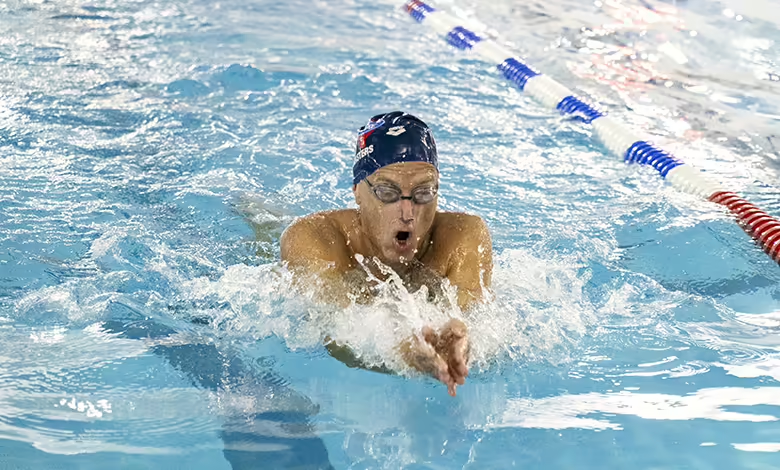
Tom Wolf has been swimming so long that he can hardly remember when he didn’t. He learned at the insistence of his mother, who didn’t know how to swim herself but was determined her children — two sons and two daughters — would be safe in the water.
He swam his first race when he was 4 years old. Six decades of swim meets later, he may be exhausted after a workout, but he’s yet to tire of the sport. At age 70, he just keeps getting faster, setting world records and then shattering his own.
“I’m just in a better mood when I swim,” says Wolf, who, as of 2023, is a member of the prestigious Masters International Swimming Hall of Fame.
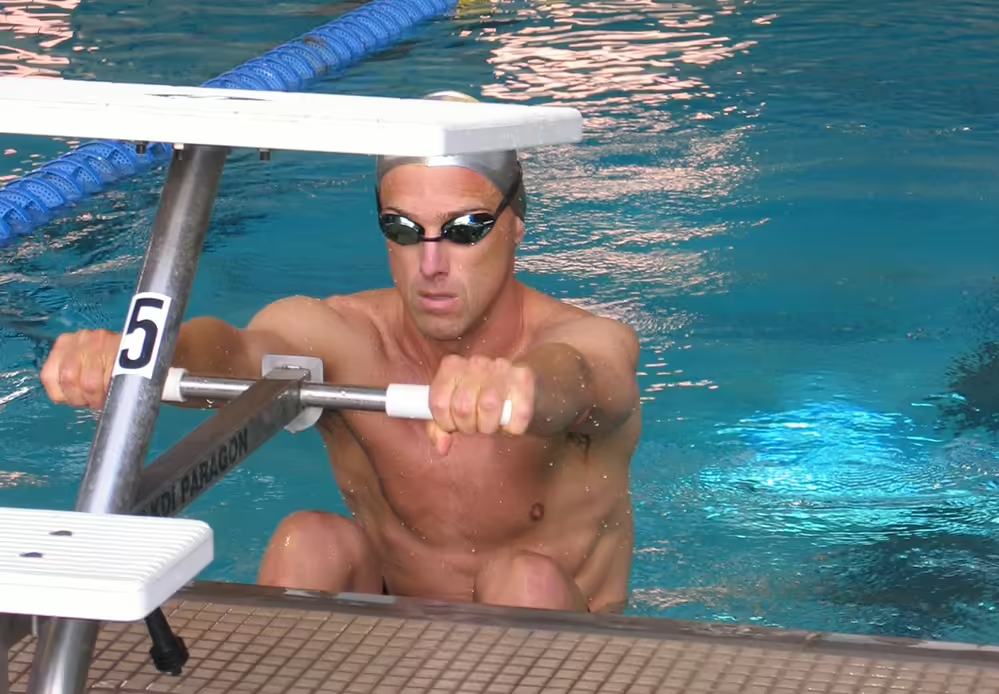
He loves it because it’s second nature by now. Because it’s become his identity. Because it’s shown him that age isn’t a barrier to getting better. Because he loves the competition. Because he loves that he’s swimming faster and more efficiently in this decade of life than he did five years ago.
Swimming fast isn’t new to Wolf. He set records in high school and more in college at Harvard University, where he took a bit of a break to try out for the 1976 U.S. Olympics team. He qualified for the trials but not for the team. So back to Harvard and more record-setting he went.
After graduation, he figured he’d swum his last race. Then, at age 28, he discovered U.S. Masters Swimming and started again. But in the 1990s, he stopped again when life’s logistics — among them, raising three boys as a single parent — got in the way.
Wolf missed the water, though, and in 2004, started swimming competitively again — primarily, he says, “to make a statement I wasn’t dead yet.”
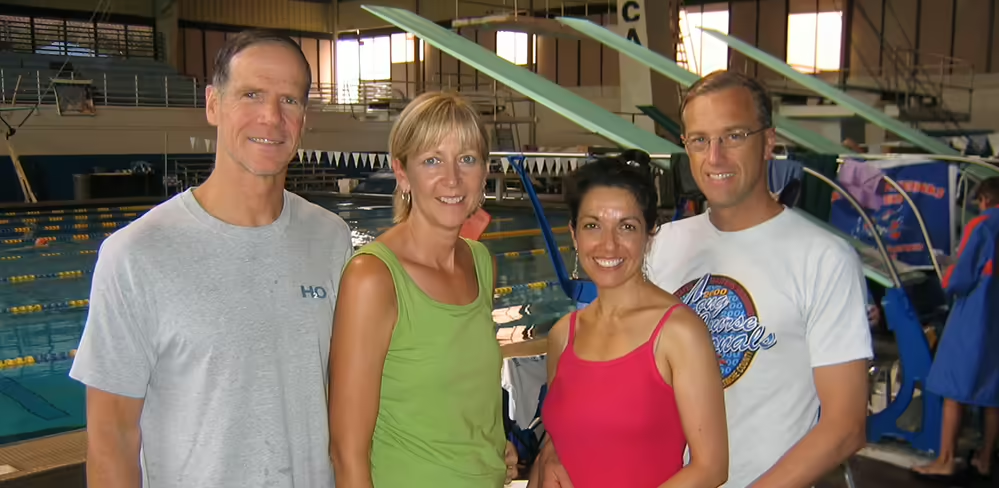
In 2004, he met his future wife, Brenda Bazan (whom he married in 2008) and was named by Swimming World magazine one of World Masters Swimmers of the Year. But by 2005, injuries kept him from swimming. He had surgery on one shoulder and knee and rehabilitation on the other knee and shoulder and didn’t swim for another dozen years. Then, after retiring from technology sales and strategy, he decided to go all-in with swimming.
“This time around (in the 70-74 age group), I just feel like I have more potential to explore and see what I can do. This has been a year of constantly refreshing my goals as I keep surprising myself.”
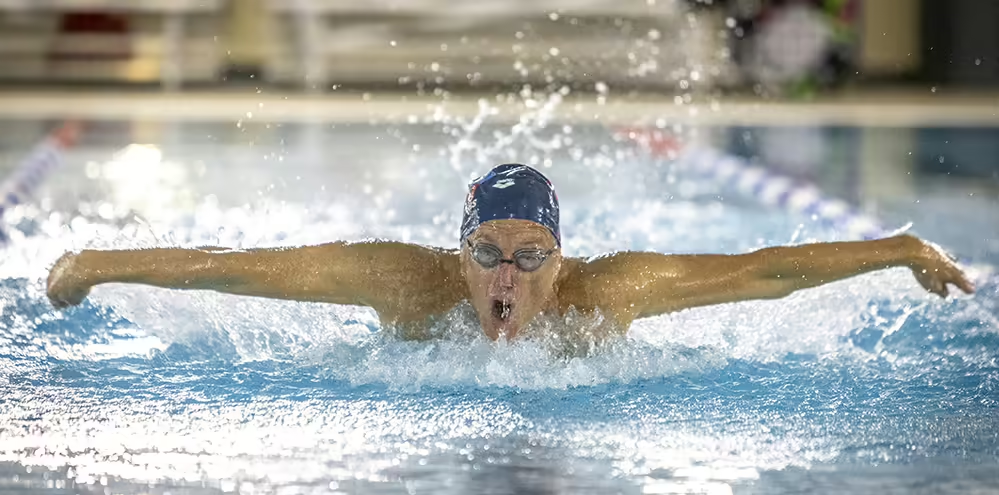
When Wolf swims, the world makes sense. His focus is on the soft sleekness of the water, not the state of the world on dry land. On his body’s carefully crafted choreography, not the clumsiness of simply being human. On his ability to do what he’s able to, who he is able to do it with, and gratitude for each.
“Swimming doesn’t seem like a social sport, but for me, it is,” Wolf says. “It’s the most important social community I have. It’s gotten me through some tough times.”
His Masters team includes more than 100 swimmers, men and women, bonded by their love of the sport. The group’s relay teams—all male, all female, and mixed gender – hold 20 of 30 world records in their 280+ (the total of their ages) age group.
“I’ll be honest: I love the competition,” Wolf says. “That’s what’s driving me.”
He talks equally about his passion for the competition and the friendship components of the sport that has been his life for nearly seven decades.
“I feel extremely lucky to have swimming friends who understand exactly what we’re each trying to do and who help each other,” he says.
“The swimming community is a community of wonderful people who rally around and support you. You may not have seen a swimmer for 10 or 20 years, but you see each other at a meet and pick up like it was yesterday.”

The two most stalwarts in his life are fellow backstrokers Tom Barton and Bob Tierney, whom he met while swimming with the U.S. Masters at a recreation center in Plano, TX, 15 years ago. But the water temperature there was too warm — 84 degrees or so — for their intense, heat-generating workouts. So, they moved to another pool that was not as close to their homes, but where the temperature is kept at around 79 — nippy for water aerobics classes and average lap swimmers, but just right for the diehards.
The three are also friends outside the pool. They often text each other tips, statistics, or life updates and sometimes go to dinner together. Wolf and Barton carpool to workouts, too.
“We thrive on each other’s energy,” Wolf says. “Having a group of peers that provides moral support is key. We encourage each other; we help each other. At the same time, we want to win.”
The three, along with fellow top-ranked backstrokers Bruce Williams and Jay Leigh, call themselves the “Medicare Back Pack.”
“On distance-oriented days, we swim for an hour and 15 minutes and easily get in 2.5 miles,” Wolf says. “We’ll do a lot of intervals, 16 or eight laps at a time. There’s not a lot of rest and not a lot of chatting.”
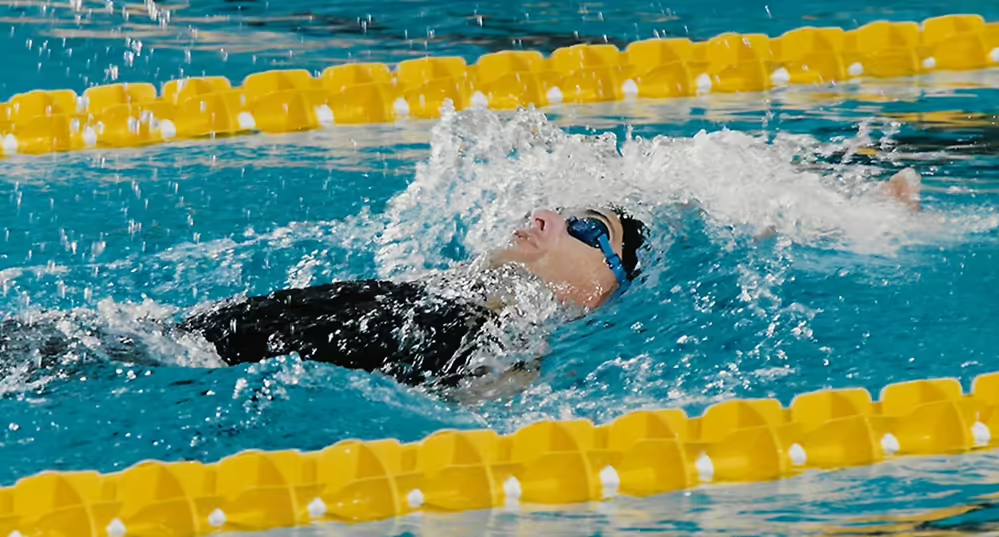
They also train on land, focusing on weight training — something Wolf never did when he swam in high school and later in college. In his younger years, nutrition was also an afterthought: He and fellow swimmers thought only of replacing the thousands of calories they burned — no matter how processed, fast, or questionably healthy the foods they consumed were.
“I don’t even want to think about what we would eat,” says Wolf, who now follows a vegan diet.
Now, he puts a lot of thought into what he eats and every aspect of his workouts. He knows he won’t be able to do this forever; Brenda and Wolf, too, hope to take trips that don’t revolve around swim meets eventually. But for now, he’s all in.
“How do you recreate something like this in other aspects of your life?” he says. “How can something still be special when you’ve been doing it since you were 4? But it is. You’re doing something new, achieving something new, meeting new people.”





